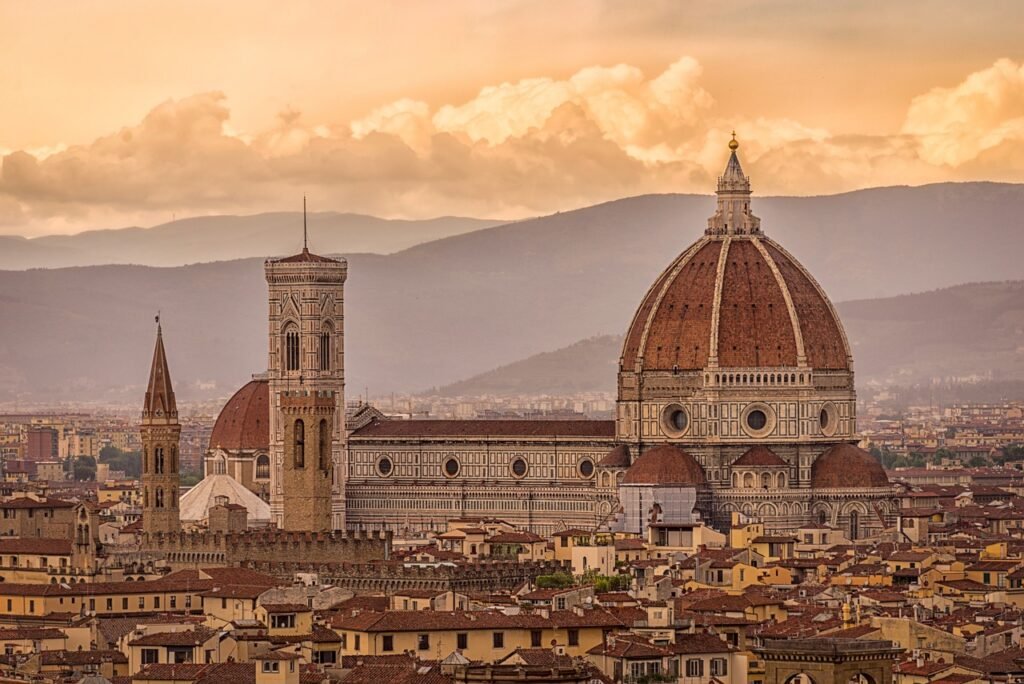The Renaissance was a period of profound cultural, artistic, and intellectual flourishing that began in Italy during the 14th century and spread throughout Europe, lasting until the 17th century. Here are some key facts about this transformative era:
- Origin: The term “Renaissance” means “rebirth” in French, reflecting a revival of interest in the classical cultures of ancient Greece and Rome. It marked a transition from the medieval period to the modern era.
- Humanism: Humanism was a central intellectual movement of the Renaissance, emphasizing the study of classical texts and the potential of human beings to achieve greatness through education and intellectual pursuits.
- Artistic Achievements: The Renaissance witnessed a flowering of artistic creativity, with renowned artists such as Leonardo da Vinci, Michelangelo, Raphael, and Sandro Botticelli producing masterpieces in painting, sculpture, and architecture.
- Scientific Advancements: The Renaissance also saw significant advancements in science and mathematics. Figures like Nicolaus Copernicus, Galileo Galilei, and Johannes Kepler made groundbreaking discoveries in astronomy, physics, and mathematics that challenged traditional beliefs and paved the way for modern science.
- Printing Press: Johannes Gutenberg’s invention of the movable-type printing press around 1440 revolutionized the spread of knowledge, making books more accessible and affordable and facilitating the dissemination of Renaissance ideas throughout Europe.
- Exploration and Discovery: The Renaissance was an age of exploration, with European explorers such as Christopher Columbus, Vasco da Gama, and Ferdinand Magellan undertaking voyages to discover new lands and establish trade routes, leading to the age of European colonialism.
- Literature and Philosophy: Renaissance writers and philosophers, including Dante Alighieri, William Shakespeare, Niccolò Machiavelli, and Erasmus, produced influential works that explored human nature, politics, and morality.
- The Protestant Reformation: The Renaissance coincided with the Protestant Reformation, a religious movement led by figures such as Martin Luther and John Calvin that challenged the authority of the Catholic Church and led to the splintering of Christianity into different denominations.
- Cultural Exchange: The Renaissance was characterized by cultural exchange and cross-pollination of ideas between different regions and civilizations, facilitated by trade, travel, and the spread of knowledge.
- Legacy: The Renaissance had a profound and lasting impact on Western civilization, laying the foundations for the modern world in areas such as art, science, literature, philosophy, and politics. It transformed the way people viewed themselves and the world around them, shaping the course of history for centuries to come.
These facts offer a glimpse into the richness and complexity of the Renaissance, a period of remarkable innovation and creativity that continues to inspire and influence us today.
